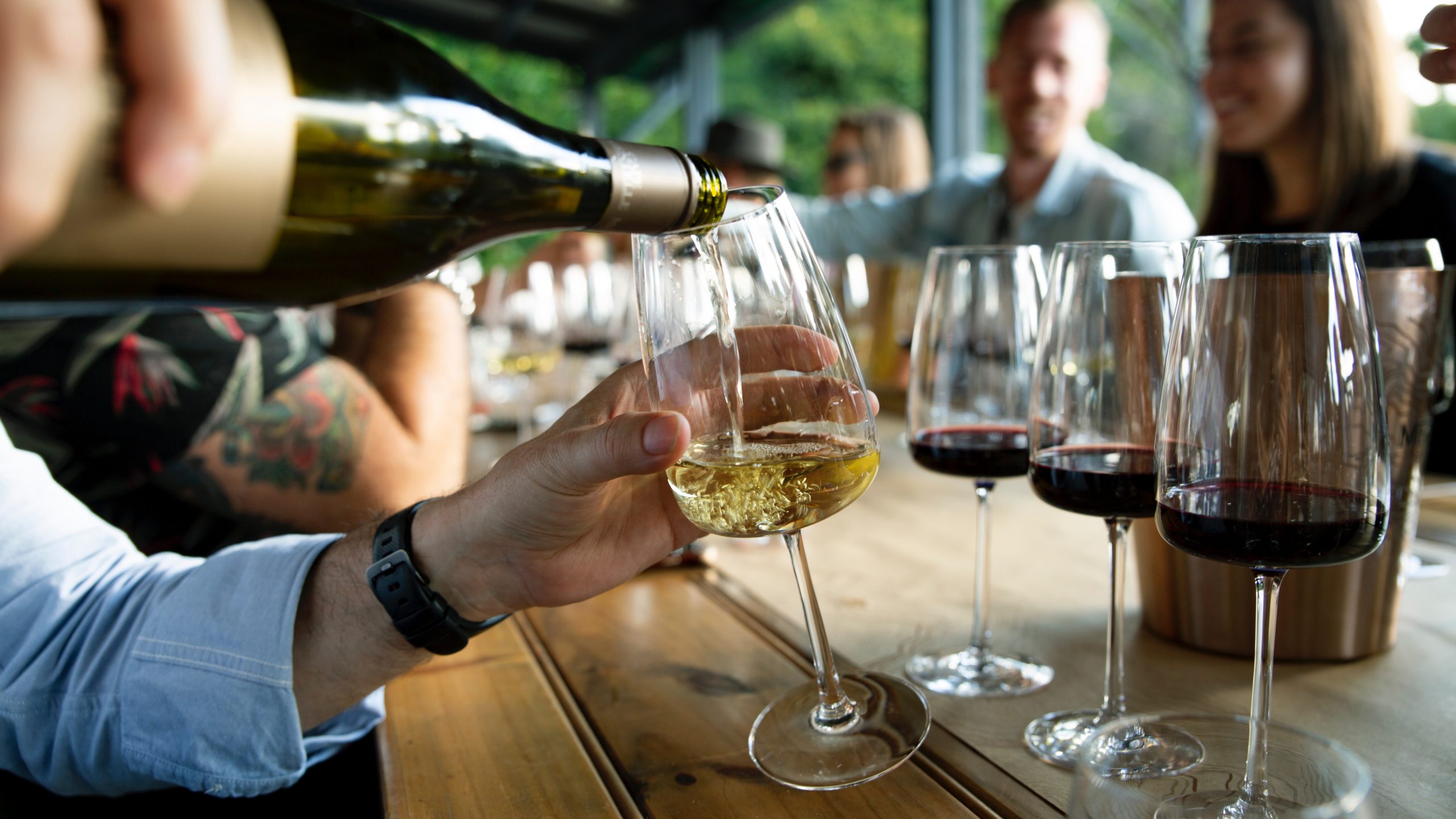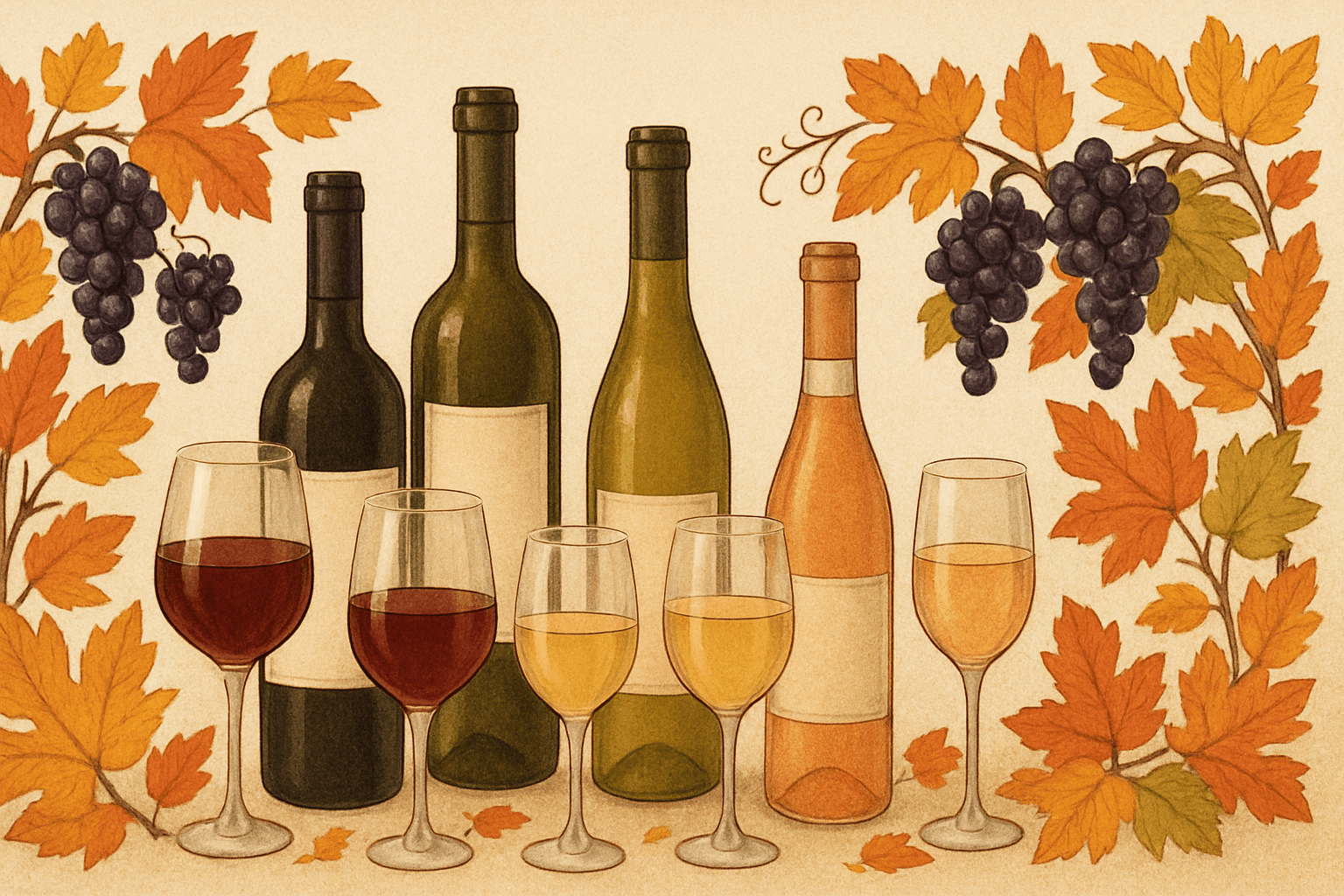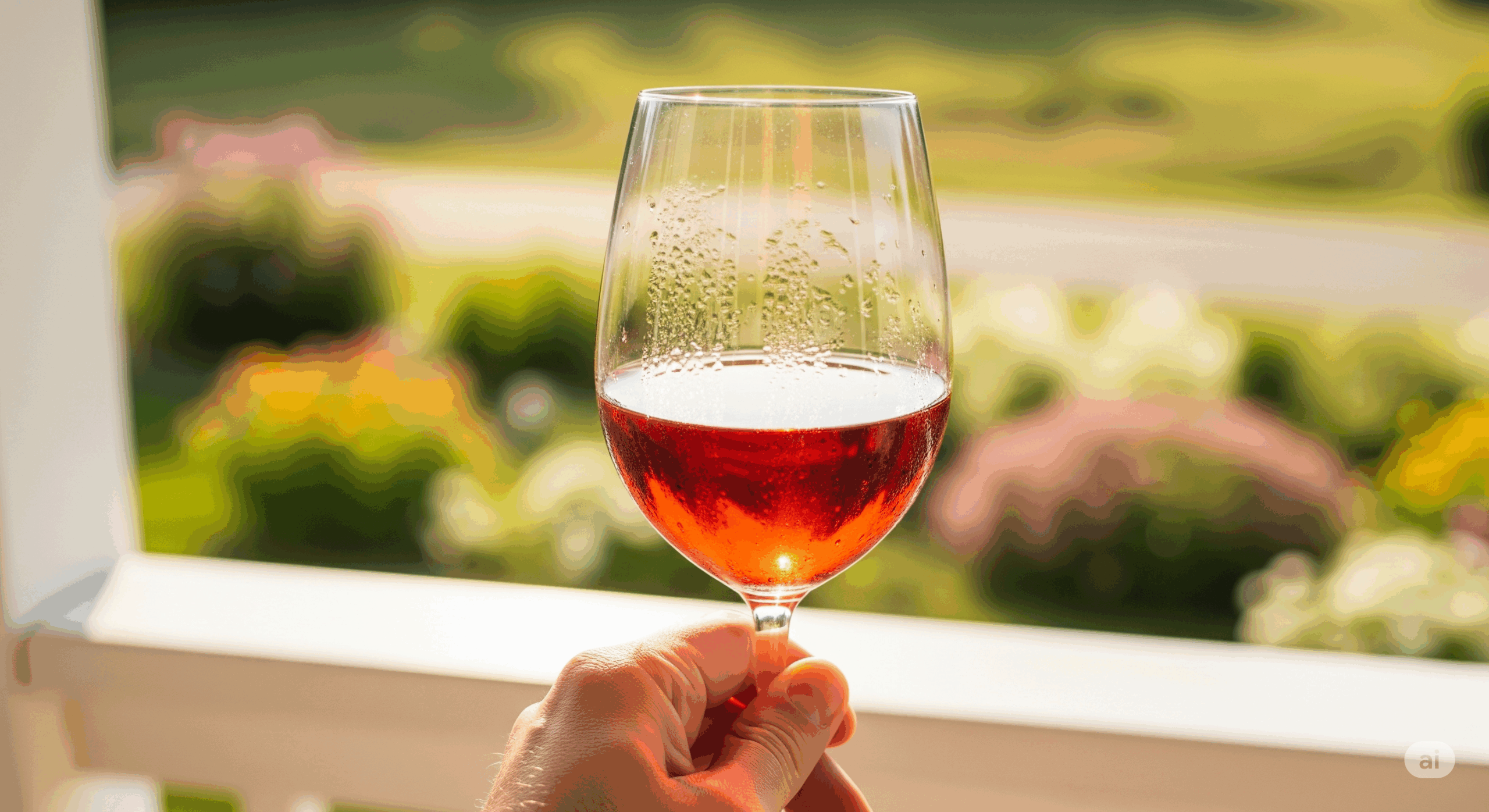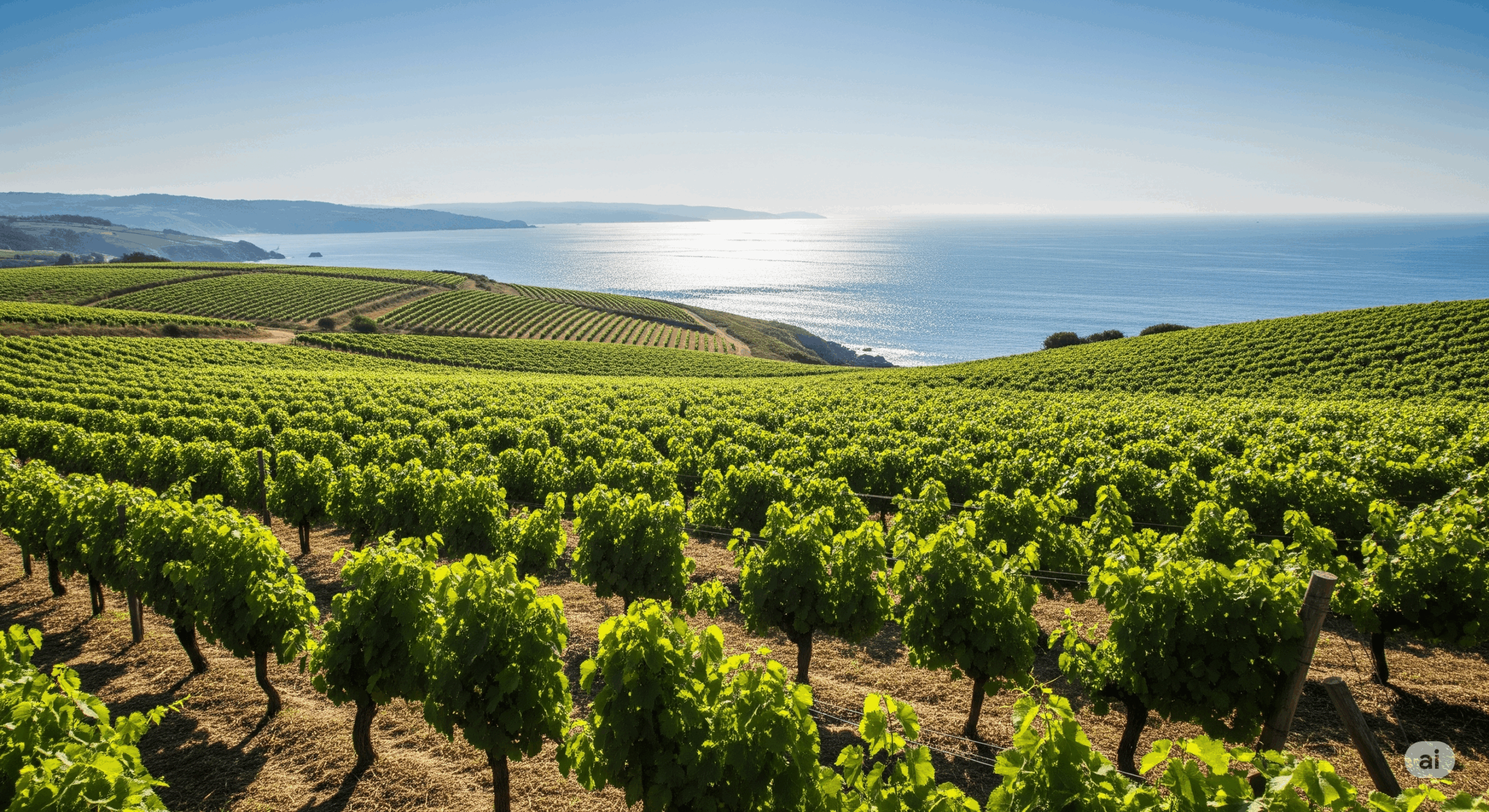(Part 1: Temperature and Glassware)
If you’re new to wine, chances are you’re just like me when I was starting out. Which means that, like me, your idea of serving wine is grabbing a bottle of whatever looks good from the grocery store on the way home. And whether it’s all for you or sharing with friends, your serving method is likely limited to pouring it straight in a glass (or Dixie cup). But if you really want to know “how to wine,” (to use super official Sommelier lingo, of course), the process of enjoying a simple drink is a lot more detailed than you might think! That’s why we’re here with a few top tips for how to properly serve wine.
1. Temperature Matters
(Yes, really!) A little more involved than simply sticking a bottle in the fridge, different wines taste better when they’re served at certain temperatures, so here’s our handy guide for best practices for your most common types of wine.
- Sparkling Wines
Think Cava, Prosecco, and some types of Rosé, all of which should advertise their identity as a sparkling wine pretty clearly on the label. Remember, only Champagne from Champagne can call itself “Champagne.” (Say that 10 times fast!) These sparkling wines should be served ice cold, so think between 40-50 degrees. If serving at a dinner party and pushed for time, we recommend keeping your wine in an aesthetically pleasing ice bucket for about 30 minutes prior to serving. It should then go back on ice once you pour the first round.
- Whites and Rosés
For white wines and Rosés which are not of the sparkling variety, you’re aiming for about 50-60 degrees. We recommend popping these straight in the fridge immediately after buying, although if you’re planning to serve it shortly after you buy it, you can pop it in the freezer for 30 minutes before serving. (Just don’t forget it! Yikes!) A handy rule of thumb to remember for both whites and Rosés is, “the lighter the color, the cooler the wine.” Unlike sparkling wines, however, we recommend letting these bottles simply sit out and sweat as you drink, because — fun fact — the wine’s taste and bouquet will change (in a nice way) as it adjusts to the temperature.
- Red Wines
When it comes to serving temperature, reds are easily our simplest wines, because all you need to do is pop them in the fridge shortly before serving. Although you may have heard the popular misconception that reds are best served at room temperature, keep in mind that rule of thumb originated during a time with little to no central heating. So, if you keep your house about as cold as the average Victorian mansion, then you’re fine, but otherwise, consider the fridge. Ideal temperature is about 60-65 degrees.
2. Get to Know Your Glasses
You’re probably aware that different types of wine glasses affect the taste and aesthetic of your wine, but if you’re not sure which glasses are used for what, don’t worry! Here are a few easy ways to get comfortable with glassware and serve with confidence. For right now, we won’t get into the differences between glass and crystal, but we’ll take a closer look at the standard glassware you’re likely to encounter in everyday life, whether you’re hosting a party or attending a wine tasting.
- Standard Glassware for Whites and Rosés
Appropriate glasses for white and Rosé wines usually have a smaller bowl because it helps to maintain the cooler temperatures necessary for white wines and it preserves their floral aroma characteristics. So, when serving any light wines, opt for a slightly smaller bowl than your average wine glass.
- Standard Glassware for Reds
Red wine glasses are also tailored to preserve temperature and smell, but they function in precisely the opposite way. In contrast, red wine should be served in glasses with a slightly larger than average bowl. This allows some of the wine’s ethanol scent to dissipate by the time it reaches your nose so when you lean in for that first delicious whiff, you get to enjoy more of the wine’s true character.
- One Glass For Them All
Yes, it exists and it’s an excellent option for those who do not want to fill a table with glassware (or don’t have room to store them all!). It’s called a “Universal” glass and they work not only with reds and whites, but also sparkling wines and dessert wines. You can find them in all price ranges but below are some of our favorites. Can you tell, we really like this option!
- High End: Zalto Denk’Art Universal Glass ($59/glass)
- Middle of the Road: Gabriel-Glas -Austrian Crystal Wine Glass – “StandArt” Edition ($31.25/glass)
- Everyday Drinking: Libbey Signature Kentfield Estate All-Purpose Wine Glass ($8.75/glass)
So, although we could probably write a book about all the steps involved in serving wine (and we can’t fit them all in one blog post, so watch out for more!), our hope is that this quick guide will prove helpful and provide you with many elegant (and tasty!) moments in the future. Happy hunting!
Did you like this content? If you did, let us know and share it with your friends.
This page contains affiliate links. We receive a small compensation when you purchase through affiliate links. While clicking these links won’t cost you a cent, it will help us keep the lights on and buy more wine. To find out more, click here.






